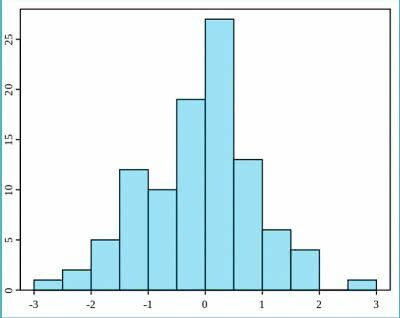Geometric shapes are the shapes of things around us. For example, a ball is the geometric shape of a circle, a square table is the geometric shape of a square, among others.
They are usually studied based on geometry, a branch of mathematics which is dedicated to observing the shapes, sizes and dimensions of the figures present in space.
The etymology of the word geometry comes from the Greek terms geo, which means "earth", and metrics, which means "measure".
So a geometric shape would be the format that a given element has, analyzing its length, area and volume in space, for example.
All geometric shapes
flat geometric shapes
Flat geometric figures are studied through the plane geometry, also known as Euclidean, after the Greek mathematician Euclid of Alexandria.
Plane geometry analyzes the ways that no have volume.
Within flat geometric shapes, there are polygonal and non-polygonal shapes.
Polygons are flat, closed geometric shapes that have straight segments that do not intersect and remain with their inner part intact. Such as, for example, square, rectangle, among others;
- the polygons are classified by their number of edges and angles formed. The ratings are:
| Number of straight segments | Classification |
|---|---|
| 3 | triangle |
| 4 | quadrangle |
| 5 | Pentagon |
| 6 | Hexagon |
| 7 | Heptagon |
| 8 | Octagon |
| 9 | Enneagon |
| 10 | Decagon |
| 11 | Undecagon |
| 12 | Dodecagon |
| 13 | tridecagon |
| 14 | tetracagon |
| 15 | Pentadecagan |
| 16 | hexadecagon |
| 17 | Heptadecagon |
| 18 | octadecagon |
| 19 | Enneadecagon |
| 20 | Icosagon |
- You non-polygons they are geometric shapes that do not have straight lines throughout their construction. Like, for example, the circle, the oval shape, among others.
Circle
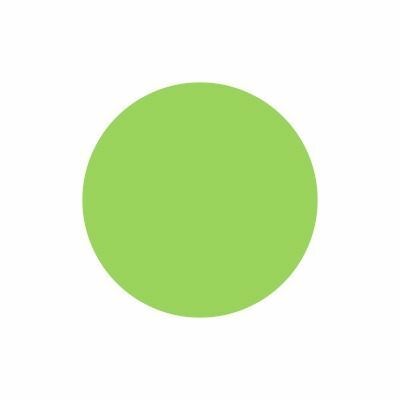
It is a figure formed by a flat surface bounded by a circumference ("curved line"). It is considered non-polygonal because it does not have a straight line.
Oval
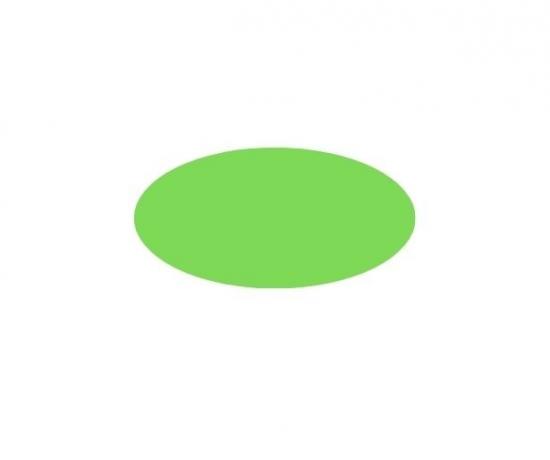
Similar to the circle, the oval figure also has a rounded shape, but is flatter. It is considered non-polygonal because it does not have a straight line.
Square

Flat geometric shape that has four sides and equal angles. It is considered a polygon, called a quadrilateral, as it has 4 straight segments.
Rectangle

It is a flat geometric figure formed by four sides, two of which are smaller than the others, thus differing from squares. It is considered a polygon, called a quadrilateral, as it has 4 straight segments.
triangle

Trilateral plane geometric shape, that is, formed by three sides and three angles, which together add up to 180º. It is considered a polygon, called a triangle, as it has 3 straight segments.
Pentagon
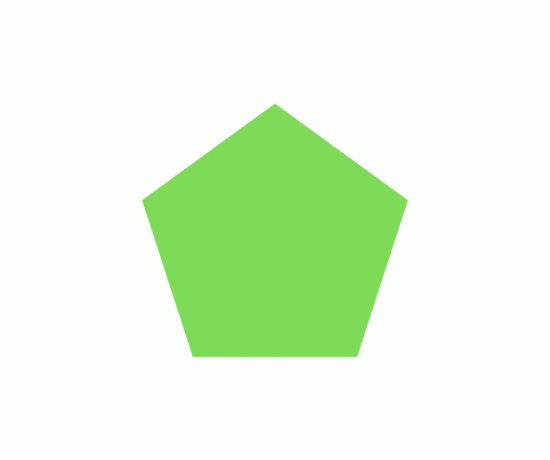
The pentagon has 5 sides, the top two being equal and the two sides and base being equal. It is considered a polygon, called pentagon, as it has 5 straight segments.
Diamond
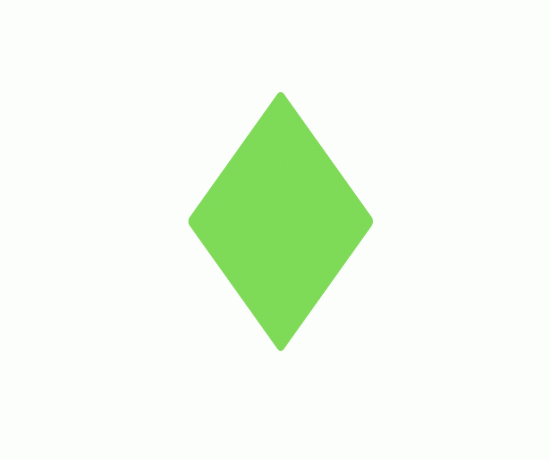
The diamond is a quadrilateral because it has four equal sides. Their diagonals meet at a 90° angle. It is considered a polygon, called a quadrilateral, as it has 4 straight segments.
Hexagon
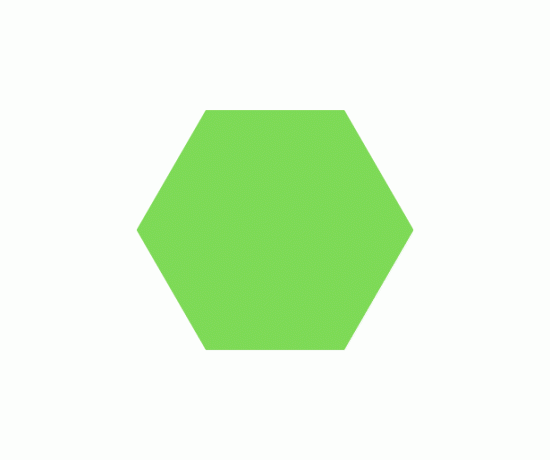
All sides of a hexagon have the same length and all of its internal angles have a value of 120°. It is considered a polygon, called a hexagon, as it has 6 straight segments.
Heptagon
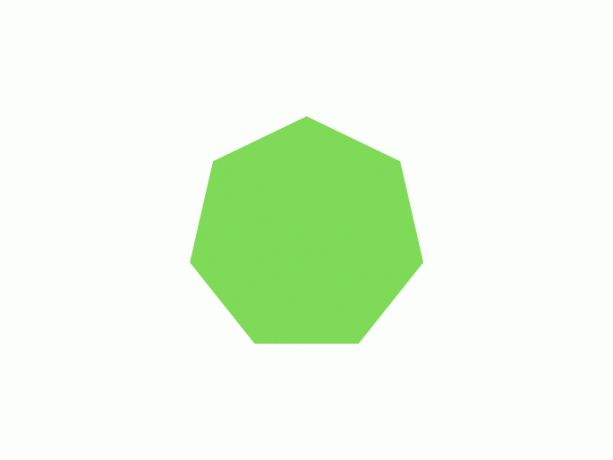
It is a polygon, called heptagon, as it has 7 straight line segments, containing 7 vertices and 7 formed angles.
Octagon
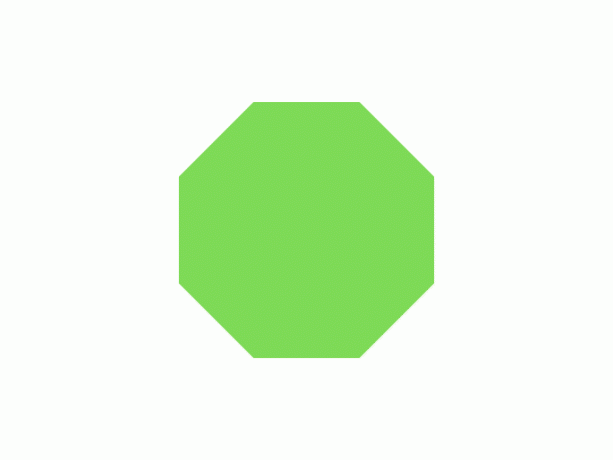
It is a polygon, called an octagon, as it has 8 straight line segments, containing 8 vertices and 8 formed angles.
Enneagon
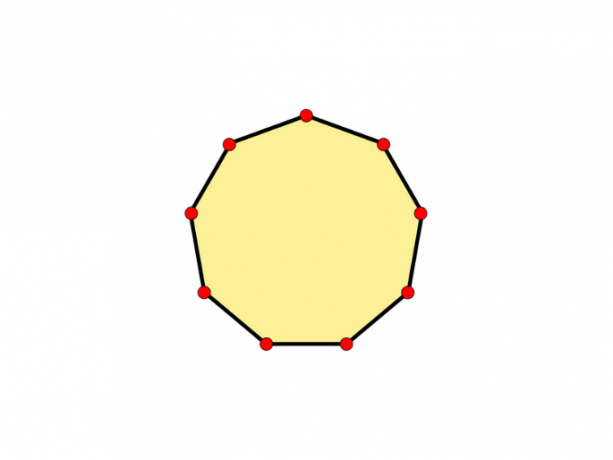
It is a polygon, called enneagon, as it has 9 straight line segments, containing 9 vertices and 9 formed angles.
Decagon
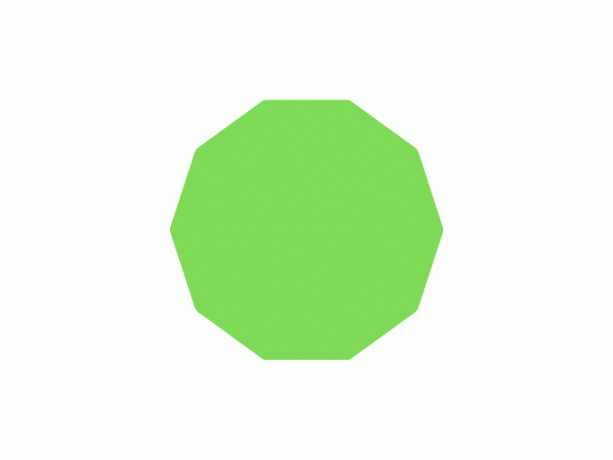
It is a polygon, called a decagon, as it has 10 straight line segments, containing 10 vertices and 10 formed angles.
See more about the meaning of polygon and geometry.
Spatial geometric shapes
They are studied based on spatial geometry, and present a figure in three dimensions (three-dimensional or 3D).
Spatial geometric shapes have width, height and depth, occupying a space, which is why it is called geometric solid.
Some of the main geometric spatial shapes have:
- the faces (sides);
- the edges (segments of straight lines where the faces meet);
- the vertices (the points that connect the line segments).
In this way, through spatial geometry it is possible to determine the volume of solid objects.
Cylinder
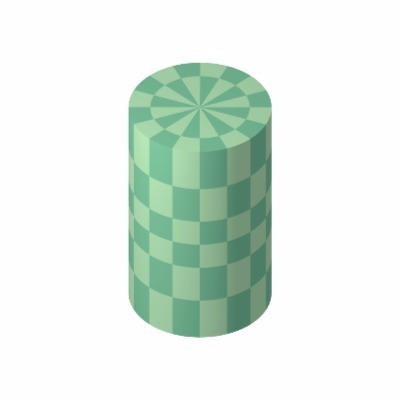
It consists of a solid, elongated, rounded figure that has the same diameter along its entire length.
Cone
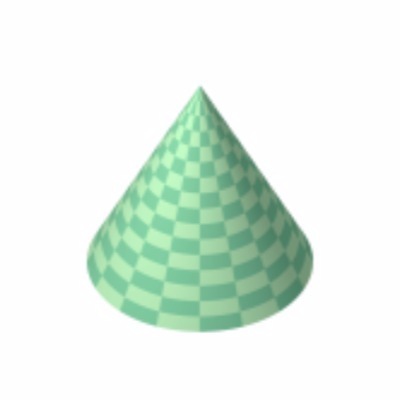
The cone has a circular base formed by straight line segments that end at a common vertex. This spatial geometric figure also has its height characterized by the distance from the cone vertex to the base plane.
Cube
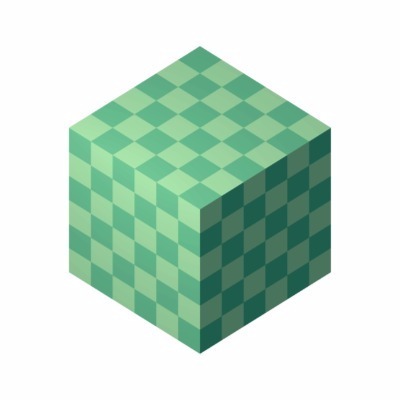
It is a solid form made up of 6 square faces of equal size. Furthermore, they have 8 vertices and 12 edges.
Ball
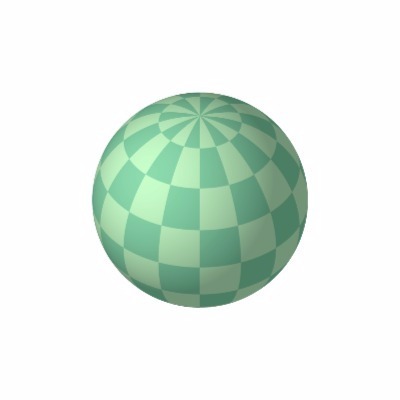
It consists of a solid geometric shape formed by a continuous closed spherical surface, with all points having the same distance from its interior point.
Cobblestone or rectangular block
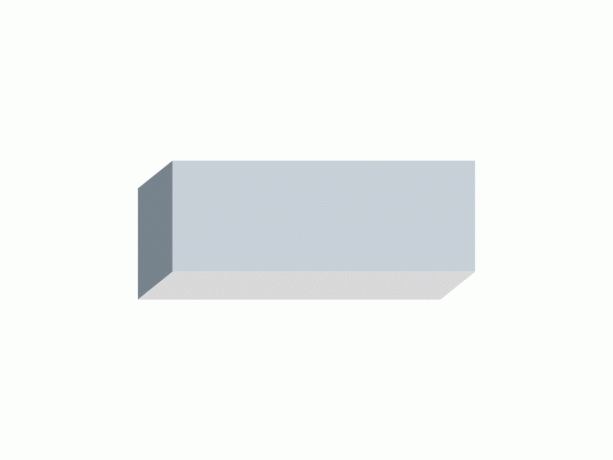
The parallelepiped has 6 sides, 2 of which are square and of the same size, and another 4 are rectangular in shape and of the same size. They have 8 vertices and 8 edges.
Pyramid
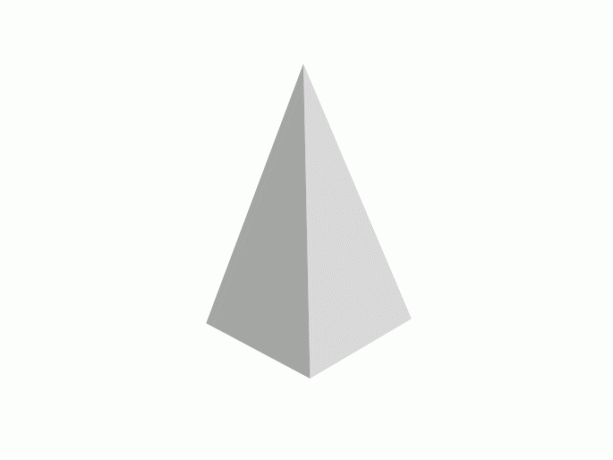
The pyramid has only one base, its 3 faces are triangular and has a common vertex.
See too:
- Triangle Types;
- Pentagon;
- Edge;
- Diamond.

